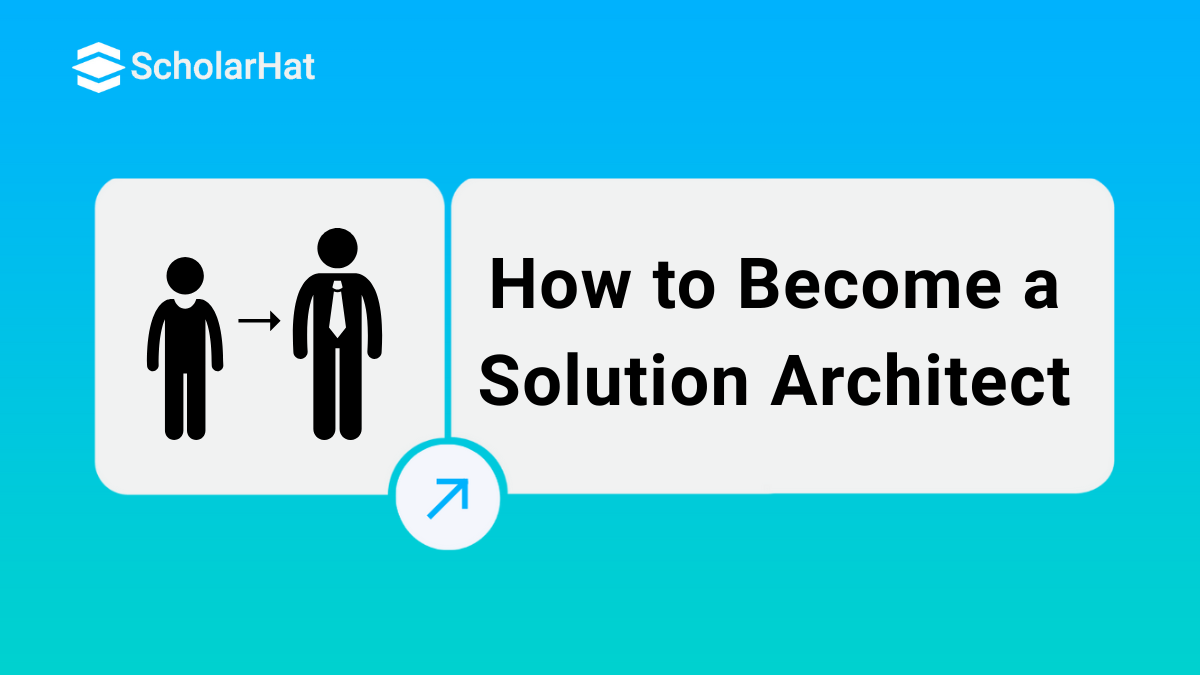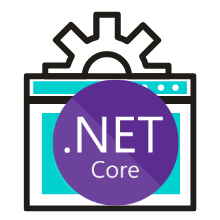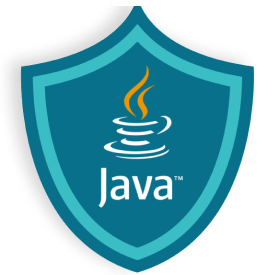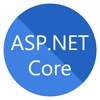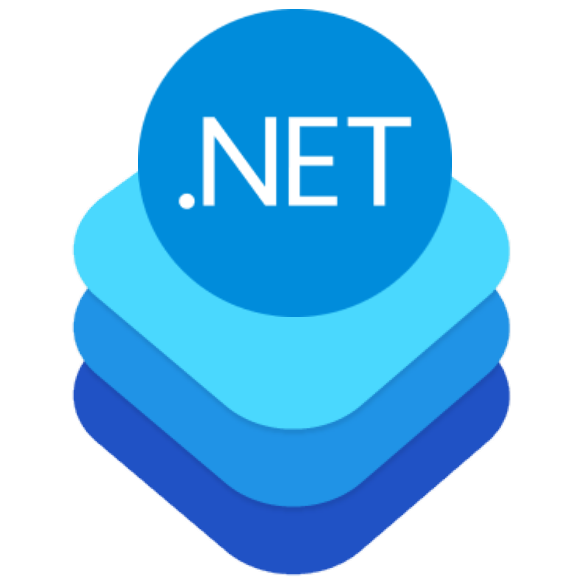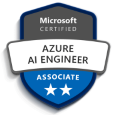19
DecSolution Architect Roadmap: How to Become a Solution Architect
Thinking of becoming a Solution Architect? Let’s talk. If you're someone who loves solving complex problems, bridging the gap between business needs and tech solutions, and leading big-picture technology strategies , then you’re already halfway into the mindset of a Solution Architect.
But here's the truth: it’s not just about knowing a few tools or writing clean code. Being a Solution Architect means thinking beyond the code. You need to design scalable systems, evaluate multiple technologies, communicate with stakeholders, and still make sure your solution works in the real world.
Sounds like a big leap? Don’t worry we’ll break it down for you. In this roadmap, I’ll walk you through:
- What exactly a Solution Architect does (and what they don’t do)
- The core skills and tools you need to master
- Real certifications that can actually get you hired
- And how to build your profile to stand out in job interviews
Whether you're coming from a developer background or you're already a senior tech lead looking to level up — this guide is for you. So let's start.
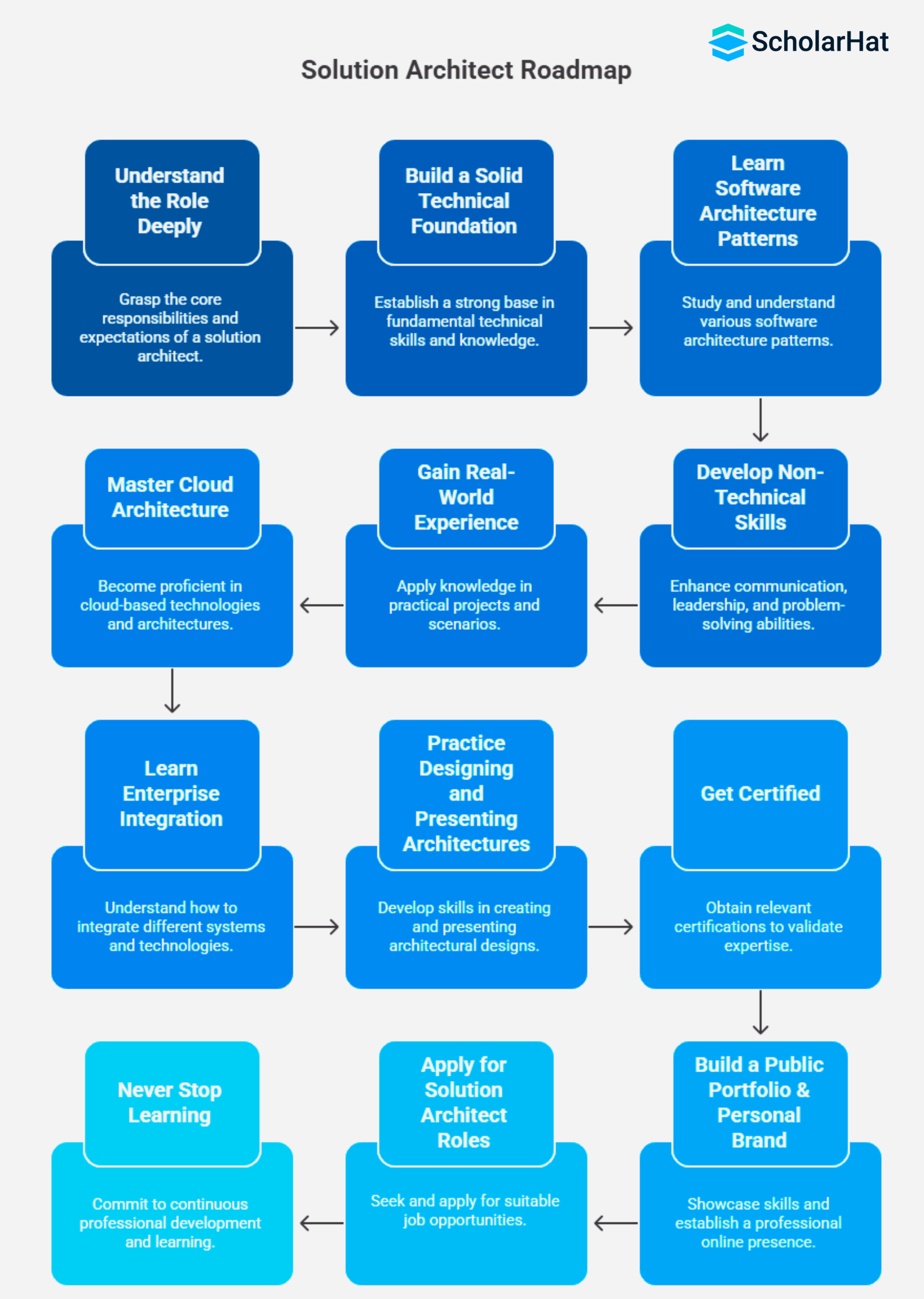
Step 1: Understand the Role Deeply
Before jumping in, research and grasp the depth of the Solution Architect roles and responsibilities:
Core Responsibilities:
- Understanding business goals and constraints
- Designing solution architectures for large-scale systems
- Ensuring alignment with enterprise standards and security
- Collaborating with developers, testers, DevOps, and stakeholders
Types of Solution Architects:
- Application Architect – Focuses on software applications
- Cloud Solution Architect – Specializes in cloud-based systems (e.g., Azure, AWS)
- Infrastructure Architect – Concentrates on networking, servers, and hardware
- Data Architect – Designs database and data flow strategies
- Choose the type based on your background and interests.
Step 2: Build a Solid Technical Foundation
You can’t design great solutions without mastering the fundamentals.
Programming Skills:
Cloud Platforms:
- AWS, Microsoft Azure, or Google Cloud
- Learn key services: Compute, Storage, Networking, Security
Databases:
- Relational: MySQL, PostgreSQL, MS SQL
- NoSQL: MongoDB, Cassandra
DevOps Tools:
- CI/CD: Jenkins, GitHub Actions, Azure DevOps
- Containerization: Docker, Kubernetes
- IaC: Terraform, ARM templates
System Design Concepts:
- Scalability, fault tolerance, caching
- Microservices architecture
- Event-driven architecture
| Tip: Start building a portfolio of projects with scalable architecture and different tech stacks. |
Step 3: Learn Software Architecture Patterns
As a Solution Architect, knowing when to use what architecture is key.
- Monolithic vs Microservices
- Client-Server Model
- Layered Architecture (N-tier)
- Event-Driven Architecture
- Serverless Architecture
- Service-Oriented Architecture (SOA)
- CQRS and Event Sourcing
| Tip: Read books like "Software Architecture in Practice" and "Clean Architecture by Robert C. Martin". |
Step 4: Develop Non-Technical Skills
A good Solution Architect isn’t just technically sound , they must also excel in soft skills:
- Communication: Translate technical jargon into business language
- Stakeholder Management: Work with business, tech, finance teams
- Leadership: Guide development and architecture teams
- Decision Making: Make trade-offs based on cost, performance, time
- Documentation: Create solution diagrams, architecture docs, and RFP responses
Tools to learn:
- Draw.io, Lucidchart – for architecture diagrams
- Confluence, SharePoint – for documentation
Step 5: Gain Real-World Experience
You can't become a Solution Architect overnight. It takes experience and exposure to:
- End-to-end SDLC (Software Development Life Cycle)
- Requirement gathering and business analysis
- Working on large-scale enterprise projects
- Leading small modules and mentoring junior developers
Roles to target initially:
- Senior Developer
- Tech Lead
- DevOps Engineer
- Systems Engineer
- Cloud Engineer
Step 6: Master Cloud Architecture
Today’s architecture is mostly cloud-native, so cloud expertise is non-negotiable.
Choose one platform and go deep:
- Azure Solution Architect Expert (AZ-305)
- AWS Certified Solutions Architect – Associate/Professional
- Google Cloud Professional Cloud Architect
Learn about:
- Designing for high availability and disaster recovery
- Identity and access management
- Cost optimization
- Multi-cloud/hybrid deployments
Step 7: Learn Enterprise Integration
Most enterprises have legacy systems. Understanding integration is vital:
- API Management (Azure API Gateway, AWS API Gateway)
- Enterprise Service Bus (ESB)
- Message Queues (RabbitMQ, Kafka, Azure Service Bus)
- Data Pipelines and ETL
| Tip: Study use cases like CRM + ERP integrations, payment gateways, etc. |
Step 8: Practice Designing and Presenting Architectures
Start creating mock architectures for common systems:
- E-commerce platform
- Ride-sharing app
- Banking/FinTech system
- Real-time chat system
Prepare:
- High-level Architecture Diagram
- Data Flow Diagram
- Security and Compliance considerations
- Cloud service mapping
- Deployment strategies
| Pro tip: Present your architecture to a peer or mentor. Practice handling questions. |
Step 9: Get Certified
Certifications validate your skills and make your resume stand out. Key certifications include:
Cloud Certifications:
Azure:
- AZ-900: Azure Fundamentals
- AZ-305: Azure Solution Architect Expert
AWS:
- AWS Certified Solutions Architect – Associate
- AWS Certified Solutions Architect – Professional
GCP:
- Professional Cloud Architect
Architecture & Design Certifications:
- TOGAF (The Open Group Architecture Framework)
- Certified Kubernetes Application Developer (CKAD)
- SAFe Architect (for Agile organizations)
Why You Should Learn with ScholarHat to Become a Solution Architect
1. End-to-End Learning Roadmaps
ScholarHat doesn’t just teach tools, it builds career roadmaps. Whether you're just starting as a developer or already in a senior tech role, ScholarHat guides you step-by-step through the skills, tools, and mindset needed to transition into a full-fledged Solution Architect.
2. Real-World-Focused Certification Training
ScholarHat offers industry-ready certification programs specifically designed for aspiring Solution Architects. These programs focus not only on passing exams but also on applying architectural principles to solve real-world problems.
From architecture design patterns to cloud-native deployments and microservices, ScholarHat ensures you’re ready for the job, not just the certificate.
3. Role-Specific and Cloud-Centric Certifications
You get training that aligns with modern tech stacks, .NET, Azure, AWS, microservices, and more. With the rise of cloud architecture, these certifications are your gateway to high-paying, in-demand roles.
Certification Trainings Offered by Scholarhat:
Here are the top ScholarHat certifications that can transform your career:
1. .NET Solution Architect Certification Training
Learn software architecture, SOLID principles, microservices, Azure DevOps, and containerization.
2. Azure Solution Architect Certification Training (AZ-305)
Master designing and implementing scalable, secure, and high-performing solutions on Microsoft Azure.
3. AWS Solutions Architect Certification Training
Understand AWS services, architecture best practices, and cloud-native design.
4. Azure Solution Architect Certification Path: A Complete Guide
A strategic breakdown of everything you need to become a certified and job-ready Azure Solution Architect.
Role Clarity and Learning for Every Stage
ScholarHat also offers in-depth articles on:
- Roles and Responsibilities of a Solution Architect
- How to Become an Azure Solution Architect
- .NET Solution Architect Roadmap for Beginners
These guides ensure you always know what to learn next and why it matters.
Step 10: Build a Public Portfolio & Personal Brand
Becoming a Solution Architect also means gaining visibility:
- Write blogs on Medium or Dev.to
- Share architecture diagrams on LinkedIn
- Give tech talks in meetups or webinars
- Contribute to open-source architecture projects
- Build a GitHub repo of architecture case studies
| Tip: This not only improves your confidence but also attracts recruiters. |
Step 11: Apply for Solution Architect Roles
When you’re confident with:
- Technical breadth
- Communication
- Documentation
- Certifications
Start applying to Solution Architect roles or internal promotion opportunities.
Resume Tips:
- Highlight system design and leadership experience
- Mention tech stacks and cloud expertise
- Link to your GitHub or portfolio
- List certifications clearly
Target Companies:
- Cloud providers (Azure, AWS, GCP)
- Consulting firms (Deloitte, Accenture, TCS)
- SaaS companies
- Product-based firms
- Government or healthcare IT sectors
Step 12: Never Stop Learning
The role evolves with technology. Stay updated with:
- New cloud services
- Architecture trends like Edge Computing, AI/ML, and Blockchain
- DevSecOps practices
- Compliance and privacy regulations (e.g., GDPR, HIPAA)
Tools Every Solution Architect Should Know
Here’s a curated list of tools you'll often use:
- Cloud Azure, AWS, GCP
- Diagramming Lucidchart, Draw.io, Visio
- CI/CD Jenkins, Azure DevOps, GitHub Actions
- Containerization Docker, Kubernetes
- Monitoring & Logging Prometheus, Grafana, ELK Stack
- API Management Postman, Swagger, Azure API Management
- Architecture Modeling ArchiMate, TOGAF ADM
- Documentation Confluence, Notion, Markdown
Career Growth After Solution Architect
Becoming a Solution Architect opens up higher leadership roles:
- Enterprise Architect
- Chief Technology Officer (CTO)
- Director of Architecture
- Digital Transformation Consultant
- Technical Program Manager
Each of these roles builds upon the foundational skills of architecture, business acumen, and tech leadership.
Conclusion
If you love combining technical skills with strategic thinking, and enjoy solving large-scale, complex problems, then a career as a Solution Architect could be your calling. It’s a role that not only pays well but offers immense satisfaction by enabling innovation and transformation across industries.Start small, build your technical and communication skills, get certified, work on real-world projects, and keep iterating. The roadmap is clear — and your journey to becoming a Solution Architect starts today.
FAQs
ScholarHat offers career-focused, role-specific training programs that go beyond theory. You get hands-on labs, real-world use cases, structured roadmaps, and industry-recognized certifications like:
- .NET Solution Architect Training
- Azure AZ-305 Architect Training
- AWS Solution Architect Training

